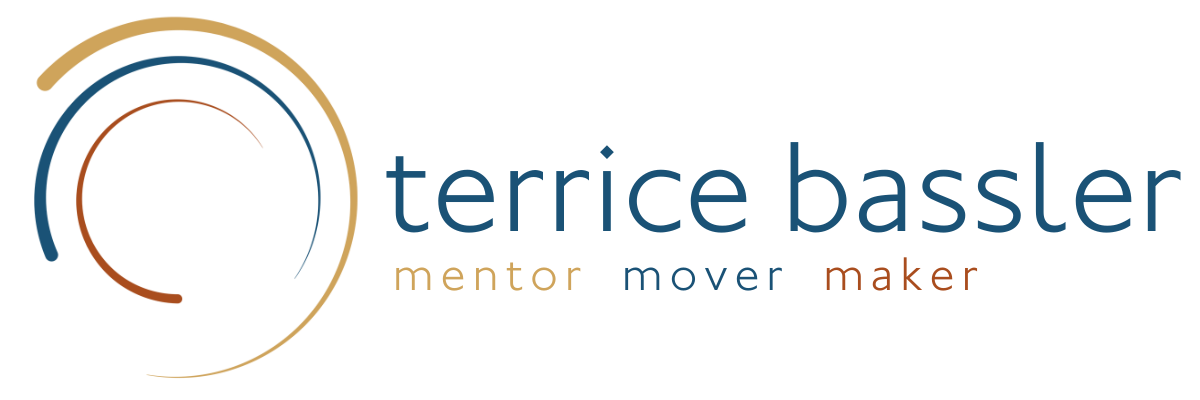Summertime 2013 finds me busy writing up 360 assessments that I’ve been conducting for some amazing leaders. Dedicated and inspiring change-makers all of them. In fact, 360s feature more and more in my coaching practice. One client described me as a “boutique 360 service” which gave me a giggle at first.
But hey, hang on. Designing 360 inquiry sure is creative and collaborative and individualized. An interviews for someone’s feedback is an engaging person-to-person conversation that must happen in a safe, sensitive space. Working alongside a leader to make meaning of what’s emerged from the feedback is a tall order for any colleague, supervisor or even one’s spouse. For a coach like me, it’s a process of being entrusted. Of deep listening and surfacing patterns of perception that can be of value to a leader.
I get asked a lot of questions about 360s and my approach to them. So, I decided to write it down. And blog it. Ready for a longish summertime read? Here goes:
What is a 360?
A 360-degree assessment is a process of gathering and considering feedback that comes from members of a leader’s immediate work circle. Generally speaking, a ‘360’ seeks direct feedback from an employee’s subordinates, peers, and supervisor(s), as well as a self-evaluation. A 360 can also include, in some cases, feedback from external sources such as clients, partners or other stakeholders.
Why should I take part? What are the benefits?
Because of the stakes that come with senior leadership, executives do not always receive honest feedback directly. Accountability and reporting relationships may be complex, with involvement of Boards and committees, as well as the existence of ad hoc, intermittent or remote working arrangements.
Many managers report that they find it useful to learn more about how they are seen by their direct reports, colleagues, next-in-line managers and partner organizations. Some managers hope to better understand ‘blind spots’ through this feedback; others find reassurance in knowing to what extent their self-awareness lines up with how their leadership is seen by multiple others. Very often 360 findings surface constructive suggestions and advice for the leader to take on board. And, not least, I see in almost every case that there is motivational value for each leader when intentional behaviors, impact and achievements are validated, appreciated and affirmed across a range of interviews.
What’s involved in the process?
Working with me, the leader concerned conducts a self-assessment (through his/her own means or from straightforward tools I provide) and considers what s/he is curious to learn from the exercise. S/he and I then adapt a set of core questions that will be used to guide interviews. I synthesize findings into a summary document. I discuss the findings in draft with the leader. Often, I find that a few edits are needed for clarity, to avoid misunderstanding, or for accuracy of references. That said, the substance of the findings is not negotiable. The final summary is then given to the leader, and it is up to him/her to decide with whom to discuss the findings and in what form.
How are the interviewees identified? Who sets up the interviews?
I recommend that interviews be conducted with at least 8-10 persons that comprise a mix of current or former direct reports, leadership colleagues within one’s organisation who know the leader well, and other internal and external colleagues whose insights the leader would value or are about which s/he is curious. I find it invaluable to seek feedback from an administrative assistant, PA, secretary or another staff member who works closely, in a supportive role and on a day-to-day basis with a leader and his/her workstyle.
I’ve done revealing 360s with fewer than 10 interviewees and others that warranted upwards of 20 or more perspectives for good coverage and legitimacy of findings.
The process works best if the leader makes a ‘door opener’ contact with each interviewee in advance (an announcement at a team meeting or an e-mail usually suffices), in which s/he briefs the person that the exercise is happening, who will be conducting it, and requests their cooperation and honest feedback. A person within an organization who coordinates the interviews then follows up with communication to schedule an interview that may happen in person or by phone. Some interviewees request and receive a set of core questions in advance. In general, I do not seek or receive responses in writing.
What level of confidentiality is there in the interviews?
The entire exercise is designed to enable the offering and receiving of honest feedback in a safe space. No specific finding that is conveyed to the leader (or anyone else who is invited to discuss findings) is attributed to an individual interviewee by name. In writing up findings, I make every effort to convey the feedback in a fair and balanced way, paying attention to recurring patterns in responses, appropriate emphasis and generalization.
I do make use of unattributed quotes from interviews that communicate in a vivid and precise way, as most managers find this an enriching and constructive part of the summaries. My experience with most organizations is that when approached professionally for this exercise, interviewees respond in a respectful and thoughtful way, even when making frank and critical comments.
What do you mean by self-assessment?
The exercise is enriched if a leader has dedicated time at the outset to reflect on her/his own leadership and to share the gist of this with me. In this way, self-image can be looked at alongside the mirror image that emerges from feedback. What works best for reflecting on one’s leadership may vary from one manager to another. To help generate options for approaches to self-assessment, I offer simple structured tools that vary from a set of powerful questions geared to elicit gut-level qualitative response, to a self-rating, survey-style instrument. A manager may have findings from other approaches and exercises or a coaching relationship that are brought into the picture too.
How long will this take? When will I know the results?
Depending on the ease of scheduling and availability, this entire exercise may be completed in more or less a month’s time. I suggest not waiting too long for ‘straggler’ interviewees who are unavailable or who repeatedly postpone scheduled interviews. If this happens, it’s best to try to identify an acceptable substitute who is available. Once interviews are completed, the actual compilation of summary findings requires only a few days’ work time.
What do the findings look like? Who sees them?
Length varies though a summary text typically ranges 4-7 pages. Some leaders ask me to write a short précis or ‘one pager’ of findings that they can use to share with certain groups or individuals. Others prefer to do their own write-ups of notes on their takeaway from the exercise and/or intended follow-up. Still others prefer to convey findings verbally or hardly at all.
In general, most managers share the full written findings with a next-in-line manager (and a coach/mentor if they are working with one) and find a meaningful way to create a feedback loop with their team of direct reports. As a consultant who is bound by terms of reference, I do not share the summary document in any other way.
I recommend that a leader ‘close the loop’ on the exercise with at least a simple expression of thanks to the interviewees (especially those who are external to one’s organisation), letting them know their participation is appreciated, that findings have been received and are being digested etc.
What should I share with my staff?
There is no one right approach, and what is shared may depend on the nature of findings. In general, team members will welcome knowing that the exercise has been meaningful and that a leader has taken it seriously. Managers may see the moment of sharing and follow-up as opportune for engaging team members in further creative thinking about issues that have emerged or for seeking their support and ‘monitoring’ in follow-up actions.
What’s the follow-up?
Again, there is no one right approach. Necessary and appropriate action stems from findings. Many managers put in place some kind of monitoring and ‘self-accountability’ on follow-up actions they decide or are encouraged to take based on findings. A full repeat 360 exercise may not be warranted or feasible for a long time. It could be useful, however, to return in, say, 6 months’ time to some or all interviewees with a simple, low-cost, ‘pulse-check’ tool (in writing with confidential responses made and compiled anonymously) as a way to check-in with change. I can provide exemplars or customize such a tool for you as my client.
Special thanks to all the clients who have helped me to co-create 360 inquiry. I respect your courage and curiosity about what others’ perceptions reveal and what it all means for stepping up and onward.

